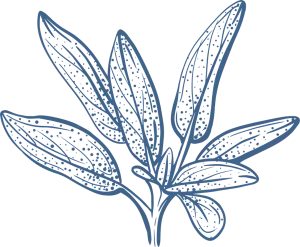The chakra and nadi system, rooted in the spiritual traditions of India, represents a profound mapping of the bio-energetic anatomy of human beings. These are more than just concepts or thoughts; they're the very foundations of existence, bringing together the spiritual and the physical, the cosmic and the intimate.
C̣akra - चक्र
In Indian metaphysical and spiritual traditions, C̣akra (Sanskrit: चक्र), which translates to 'wheel' or 'circle', symbolizes the energy vortexes situated along the spine. These spirals are thought to regulate the flow of prana or life force, influencing the harmony of the physical, and subtle bodies. This construct suggests that each chakra governs specific physiological and psychological functions.
Nāḍī - नाडी
In the ancient traditional Indian medicinal and spiritual teachings, Nāḍī (Sanskrit: नाड़ी), translating to 'tube, pipe, nerve, blood vessel, or pulse', denotes the channels through which energies like prana circulate within the physical, and subtle bodies. Within this belief system, it's posited that the nadis intersect at specific potent junctures, known as chakras.
To study and understand this system is not merely an academic pursuit; it is an exploration of the self, a transformative journey inward, leading to the rediscovery of age-old wisdom. In the pursuit of more profound understanding, there's a pronounced emphasis on reclaiming this knowledge as an essential tool for deliberate self-growth and thorough exploration of internal principles.
The Chakra System
Chakra can be translated into many ways. It can bring up visions of the lotus petals, a carriage's wheel, a potter's instrument, a celestial sphere, a concentric armament, or even a regimented military formation, among other interpretations. Beyond these general associations, the term chakra is also employed in a more esoteric context. Conceptually, a chakra embodies a round structure centred by a definitive anchor. It resides within our corporeal form, yet transcends the palpable, physical body. This supra-material dynamism is deeply embedded in our being.
The human body, according to the origin of the Vedic teachings, can be classified into two dominating frameworks: the physical or material body, and the extra-material or subtle body. Our palpable, material form consists of flesh, bone, hair, blood, fat, and marrow.
It not only performs biological functions like excretion and metabolism but also acts as the physical vessel in which our consciousness resides. The subtle body is a network of nadis:The ida, luminescent with a lunar hue, situated on the left.
The pingala, solar and distinctly masculine. By bridging these two, the sushumna is formed, a channel, which houses the brahmanadi and spans from the muladhara (root chakra) to the brahmarandhra (crown chakra), as defined in the Bhutashuddhitantra.

